From when we first arrived in the region of Le Marche, I noticed that people spoke of the town of Monte San Martino with a certain reverence, as if a miracle had occurred there.
“You know they have a Crivelli…” people would say. But I didn’t know. Or at least I didn’t grasp the significance.I hadn’t yet realized that in this part of Italy, having a Crivelli is right up there with having a gas station or a Roman ruin when it comes to putting a town on the map.
Carlo Crivelli was born sometime around 1430 in Venice, and much of his life story remains about as murky as the water in a Venetian canal. His father was a painter, and eventually Carlo took up the craft, becoming part of a school of artists in Padua, a student to Francesco Squarcione in a style known as Late Gothic-Renaissance.
That art historian terminology is just a way of saying that in some aspects he was a little behind his time, still painting with the Byzantine influences of the medieval period while the artists in Florence were looking at everything with a new perspective. In Crivelli’s Late Gothic-Renaissance style, the pious-looking saints sit in front of a dazzling gold background, wearing brocaded robes and jewels. It’s pretty opulent but solemn stuff—la bella figura meets the Bible story. But it has little of the bracing innovation of a Florentine painter like Piero della Francesca.
In that sense, Monte San Martino is probably a fitting place to find a Crivelli painting. This walled town on the edge of the Sibillini Mountains, about an hour from the Adriatic coast, is as old fashioned as Brigadoon and it wears its well-preserved beauty with quiet dignity. As you climb the steep cobblestone streets from the Pianoteca to the unassuming Chiesa San Martino Vescovo at the top of the town, the scene is as still and stately as a Crivelli figure.
At the same time, you can’t help but wonder: how does a painting by one of the masters of his era wind up in the humble country church of a town that time forgot?
Much of it comes back to that murky life story of Carlo himself. In Episode 502 of Artists Behaving Badly, twenty-something Carlo is arrested and convicted in Venice of adultery with the wife of a sailor. He escapes being imprisoned and makes it to Croatia, then a few years later crosses the Adriatic again and winds up in the Le Marche region, followed by his tag-along brother Vittore, who is also a painter.
The two prolific but frequently estranged brothers would go on to leave a legacy of more than 25 works scattered throughout the Le Marche region, in major cities like Ascoli Piceno and Ancona, but also in dozens of small villages nestled in the mountains or edging the Adriatic sea. Most of the works were large altarpieces made up of multiple panels which have since been broken up and sold around the world, landing in museums like the Metropolitan and the Isabella Gardner museum in America, and most importantly the National Gallery in London, which has a whopping 25 paintings in their collection.
The altarpiece in Monte San Martino, known as a polyptych, is of particular interest because it’s entirely intact, and also because it represents a rare collaboration between the brothers, whose relationship had all the fraternal bonhomie of the dressing room at an Oasis concert. But what made me choose to go back to see the Crivelli of Monte San Martino last month was that for the first time the saints have left their lofty perch and come down off the wall.
In order to make repairs to the church, which was significantly damaged in the earthquakes that struck Le Marche and Abruzzo in 2016, the panels are now displayed on the floor, giving a close-up, 360 view that in any other situation would have museum buzzers pinging like a car alarm.
To see something as monumental as the Crivelli altarpiece at eye-level is to sacrifice a little of its transcendent power in exchange for a closer, more human glimpse at the craft behind it all. Of course, the alluringly enigmatic beauty of St. Catherine of Alexandria, with her red carpet-ready hair style and glowing pearls, is still intact. And St. Michael Archangel with his red boot perched on Satan’s throat is still very “No worries, I got this,” as he impales Satan with what looks like a striped Venetian gondola oar.
But now you also notice the texture of the gold leaf that creates an additional dimension on the canvas, with intricate halos etched out around the faces of the figures. It’s easier to see the contrast in style between the more fluid Carlo, who painted five of the ten primary pieces on the altarpiece, and the stiffer, less intricate work of his younger brother—who nevertheless was assigned the more central scenes like the Madonna and Child.
Circling behind the altarpiece, you can study how the grandiose frame, modeled on the shape of a Gothic cathedral, is actually constructed. Even better, on a few of the panels you can see quick sketches by the painter: shapes and figures that show an artist at work— trying out ideas on the back of a wooden panel, making notes.
It’s a reminder that a painter of that time, particularly in a relatively isolated area like Le Marche, was above all a craftsman, turning out religious pieces suited to the local churches and nobility. Carlo Crivelli would not have been at all surprised that his work was in a simple village church in Monte San Martino. That’s who he was painting for. He would have been shocked to know that it’s also at London’s National Gallery.
While he was a busy and productive painter throughout his thirty years in Le Marche, Carlo was eclipsed soon after his death by the superstars of the High Renaissance like Raphael and Michelangelo. After all, a procession of well-dressed but sober saints can hardly compete with cherubs and naked muscle boys flying around the sky. By the 17th century, Carlo and Vittore Crivelli were all but forgotten, except in the timeless green hills of Le Marche. In truth, he had fallen out of fashion even there. C and I recently went to an exhibit in Rome to see a Crivelli mistakenly left in a church closet until 1861.
As it happens, it was in the 1800’s that Carlo’s fortune’s changed. The English art movement of painters and critics known as the Pre-Raphaelites championed Crivelli’s Late Gothic-Renaissance style and soon altarpieces in small churches all over Le Marche were being pulled down and sent packing to international buyers. Incredibly, the one in Monte San Martino survived.
In this season when miracles are celebrated, we should remember to treasure the small ones we’re fortunate enough to see. Like when inspiration collides with talent in a sleepy village on the top of a hill. Or when saints and angels step down and stand among us. We don’t always recognize what’s happening at the time, but thankfully Beauty and Truth are in it for the long run. One day we’ll understand.
Sometimes big things happen in little places.
As always, thanks so much for your support of Life Lived Italian. The community that has emerged here means the world to me. Wishing you all a Buona Pasqua!

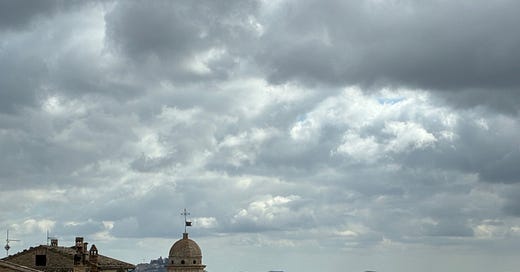



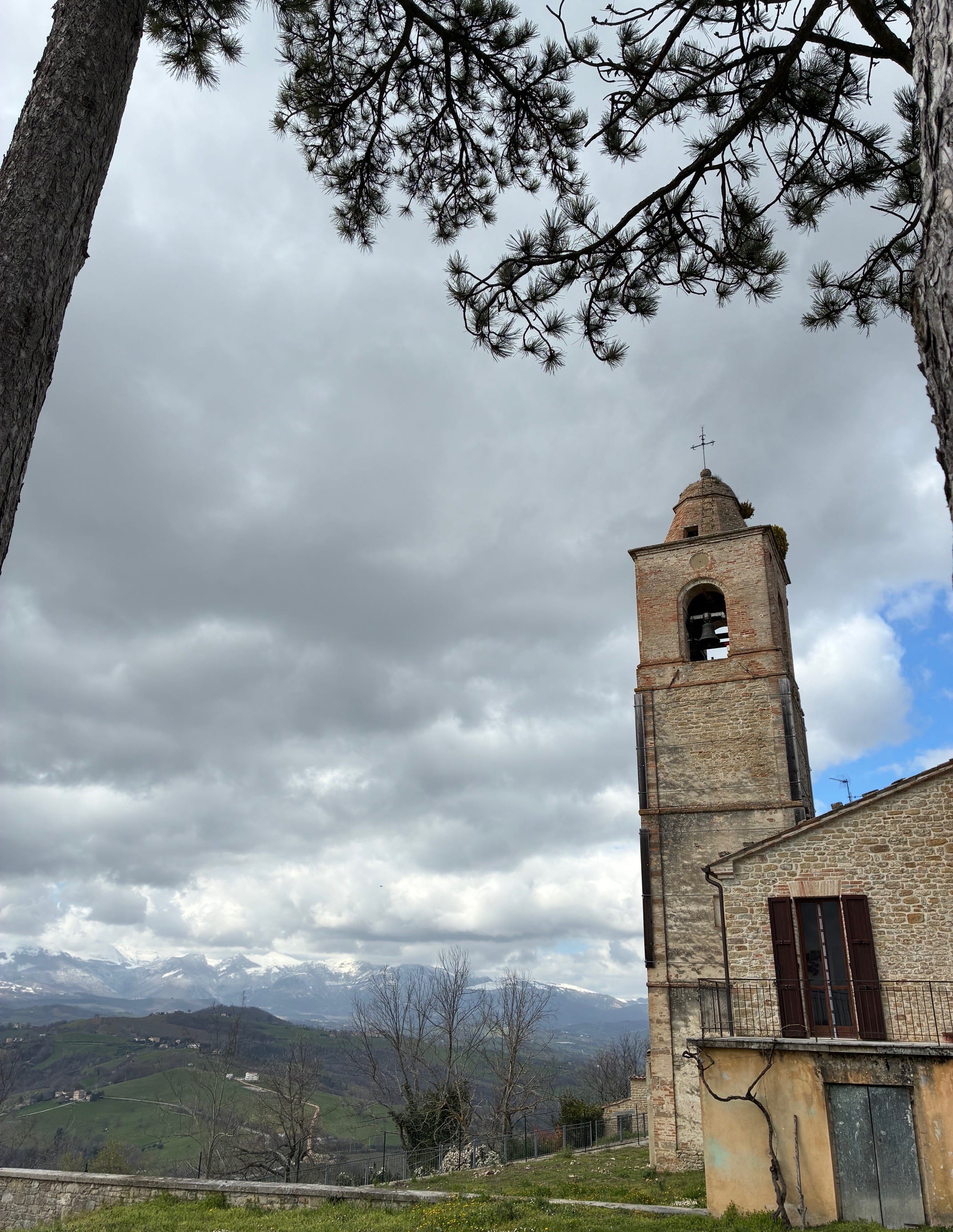

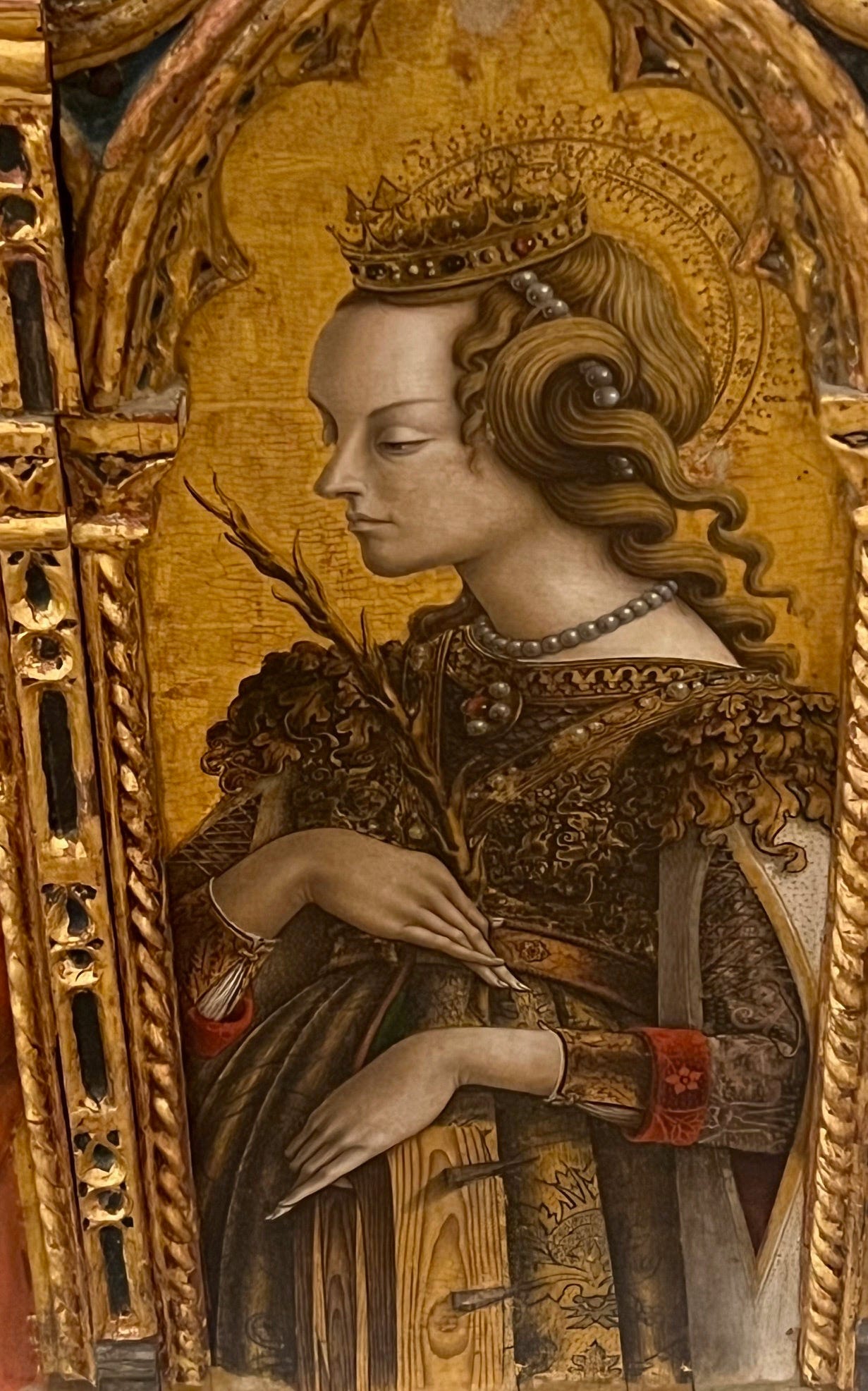
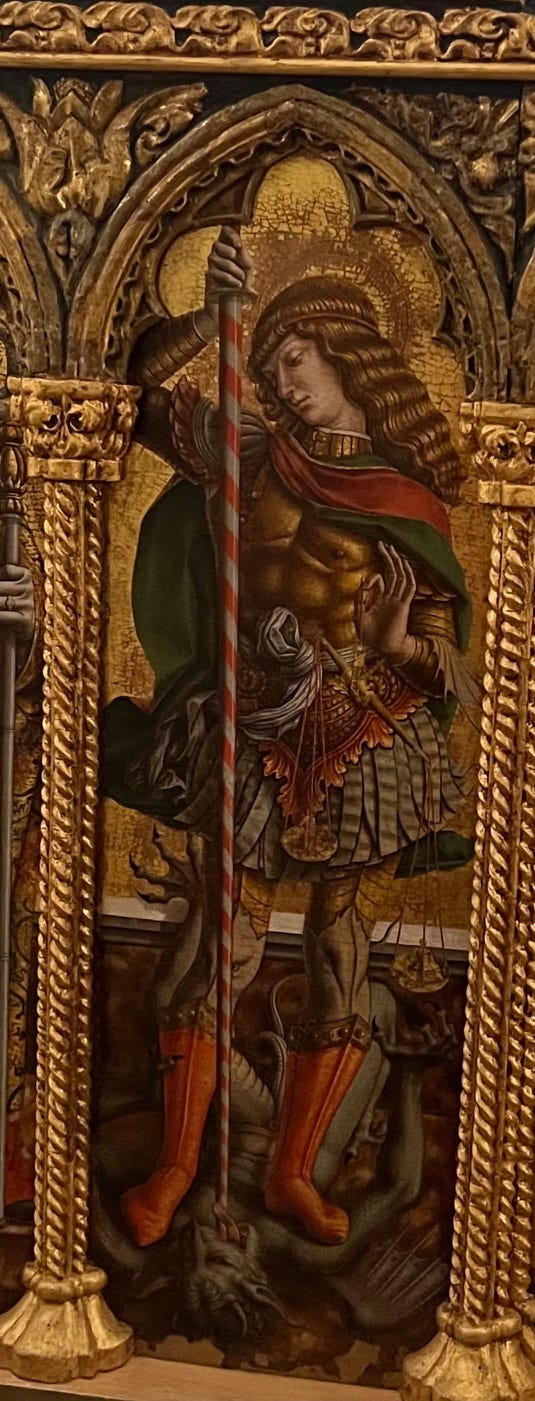
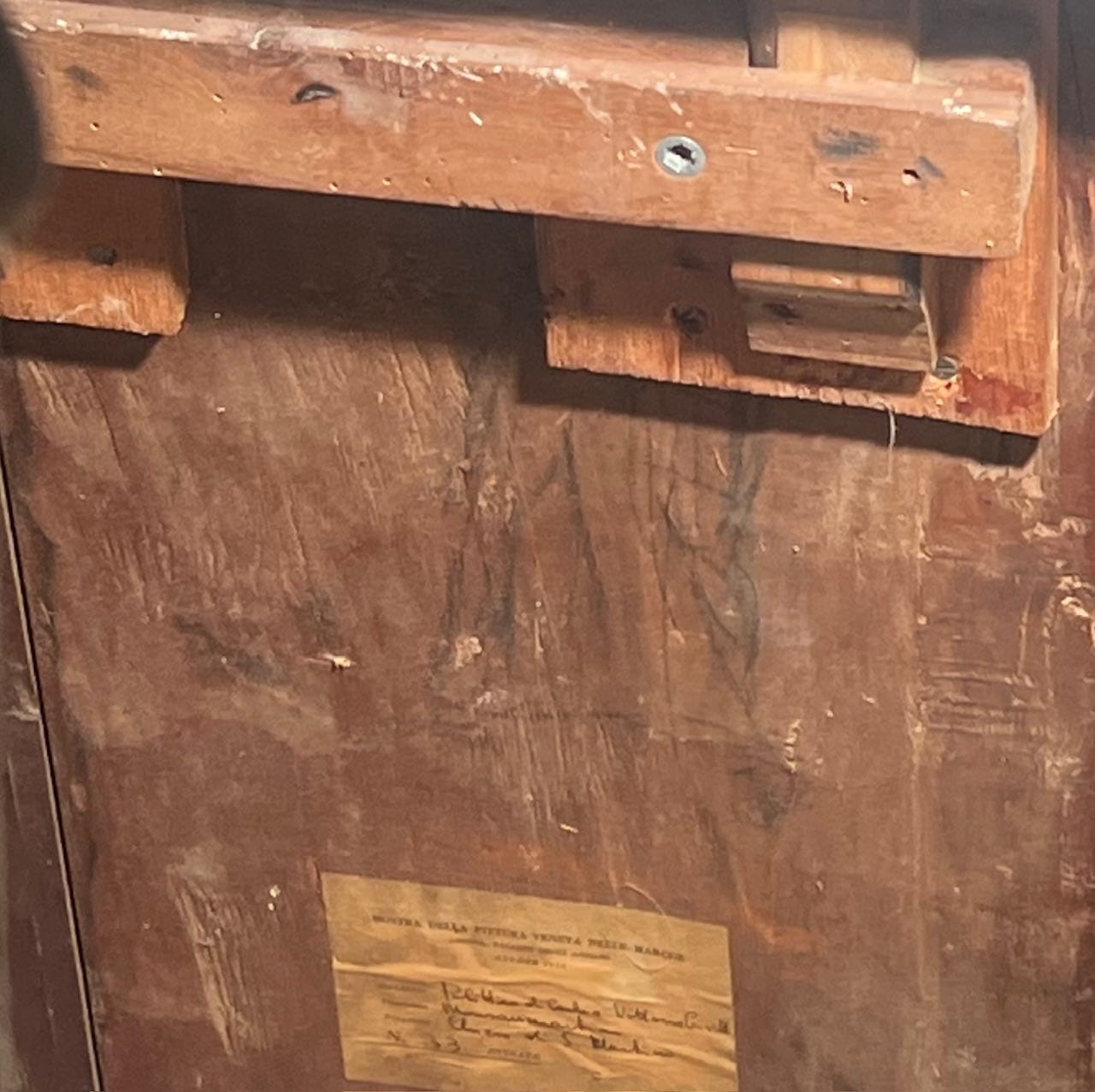
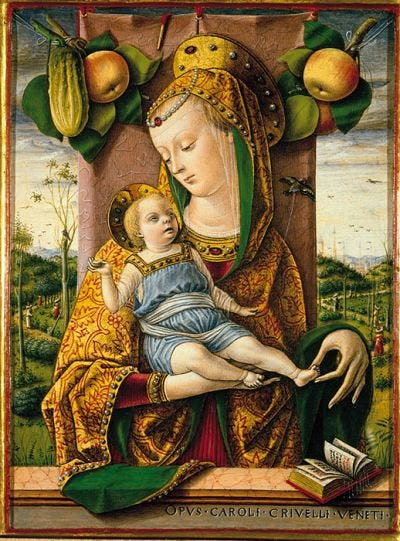
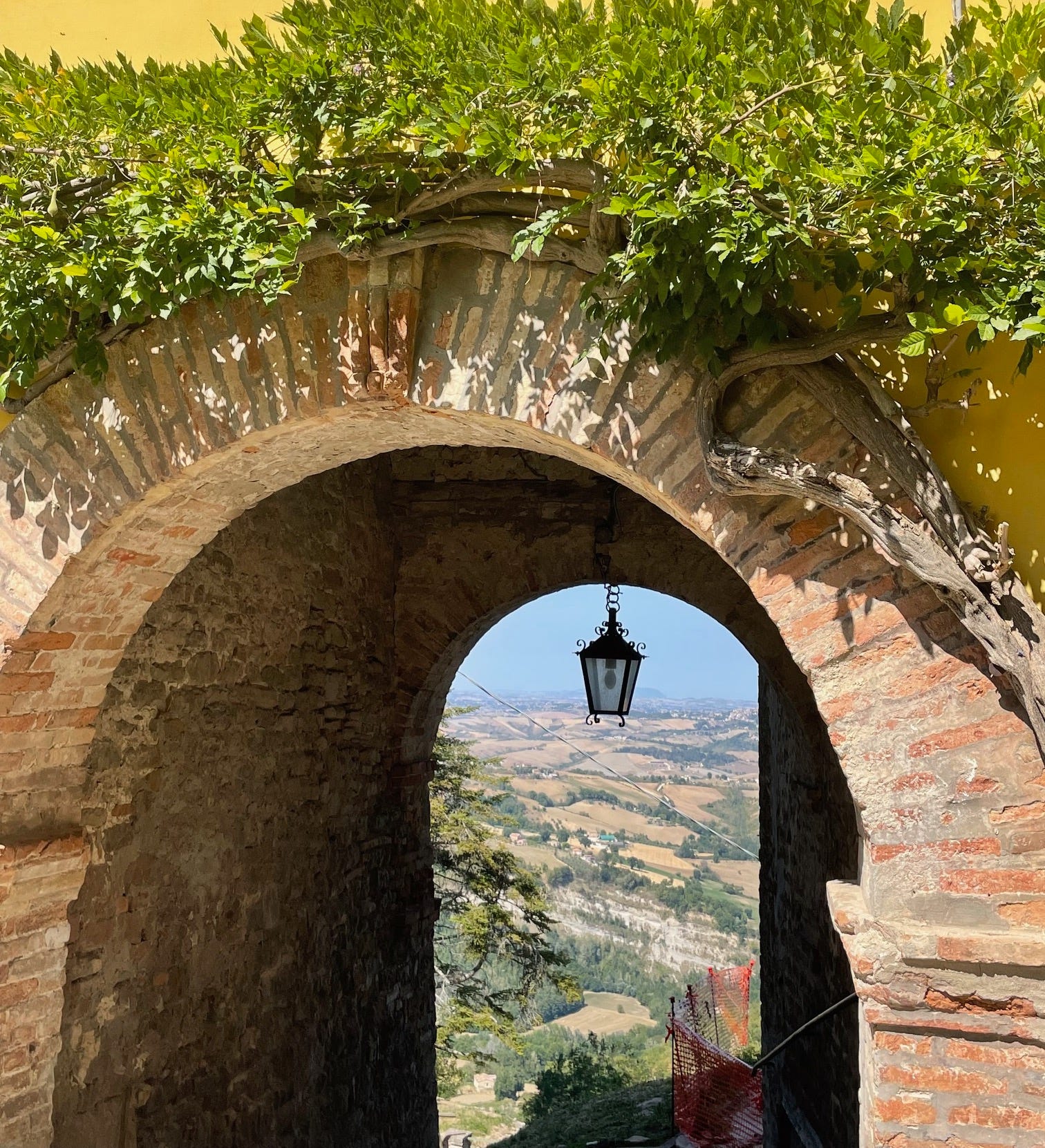
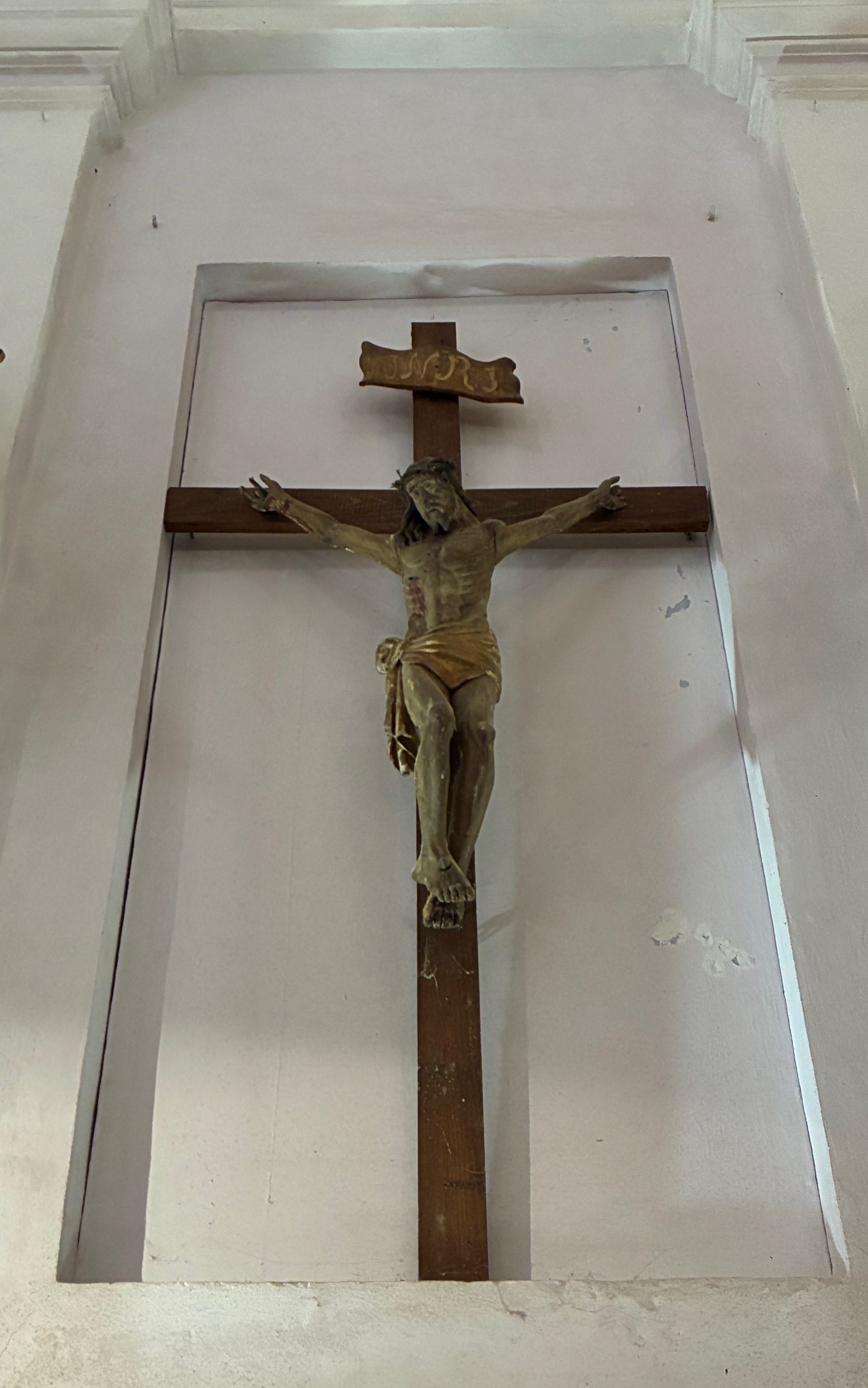
It was really special-- and it's a charming little town, so always fun to visit. I've been watching Artists Behaving Badly most of my life, so always happy to share :) Buona Pasqua a voi-- looking forward to seeing all of you this summer!
Lovely. Just lovely. The paintings and your story. Thank you. From another very happy expat.